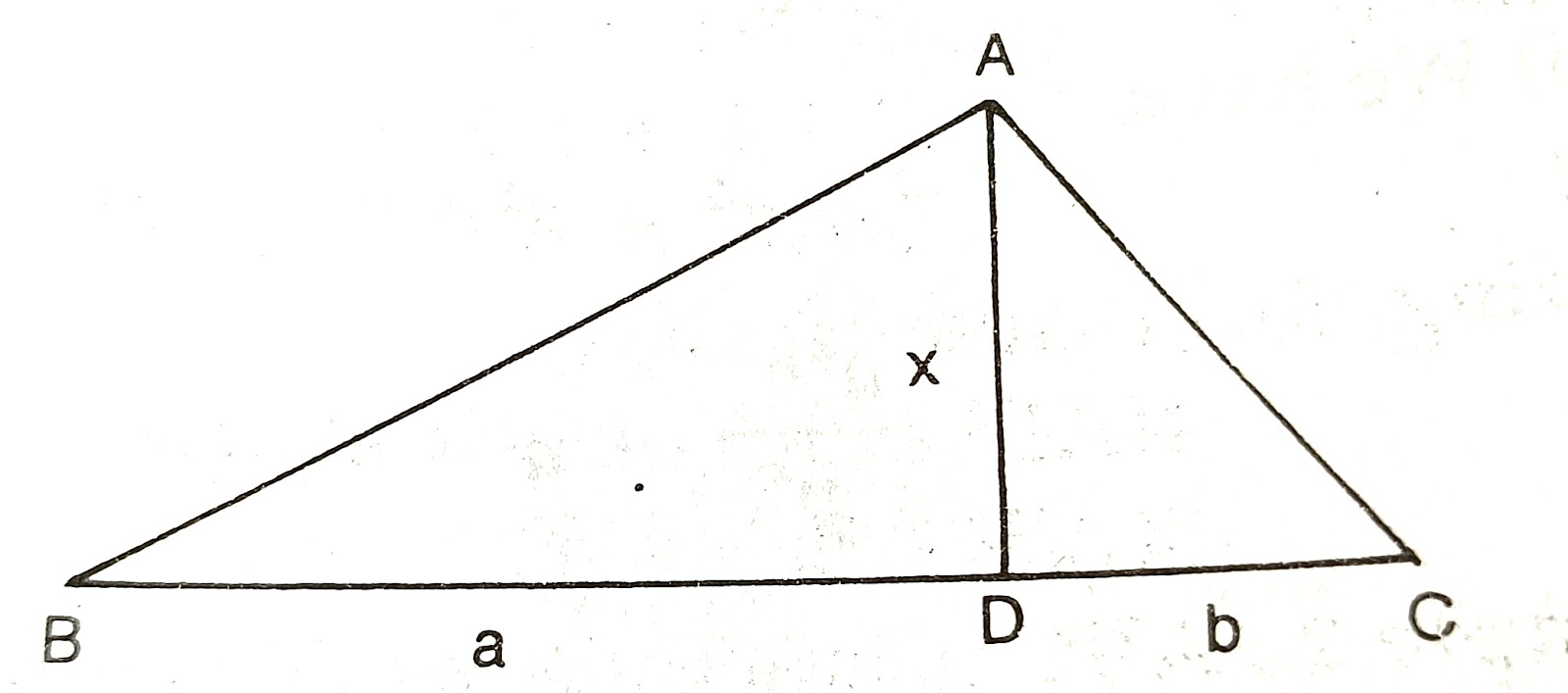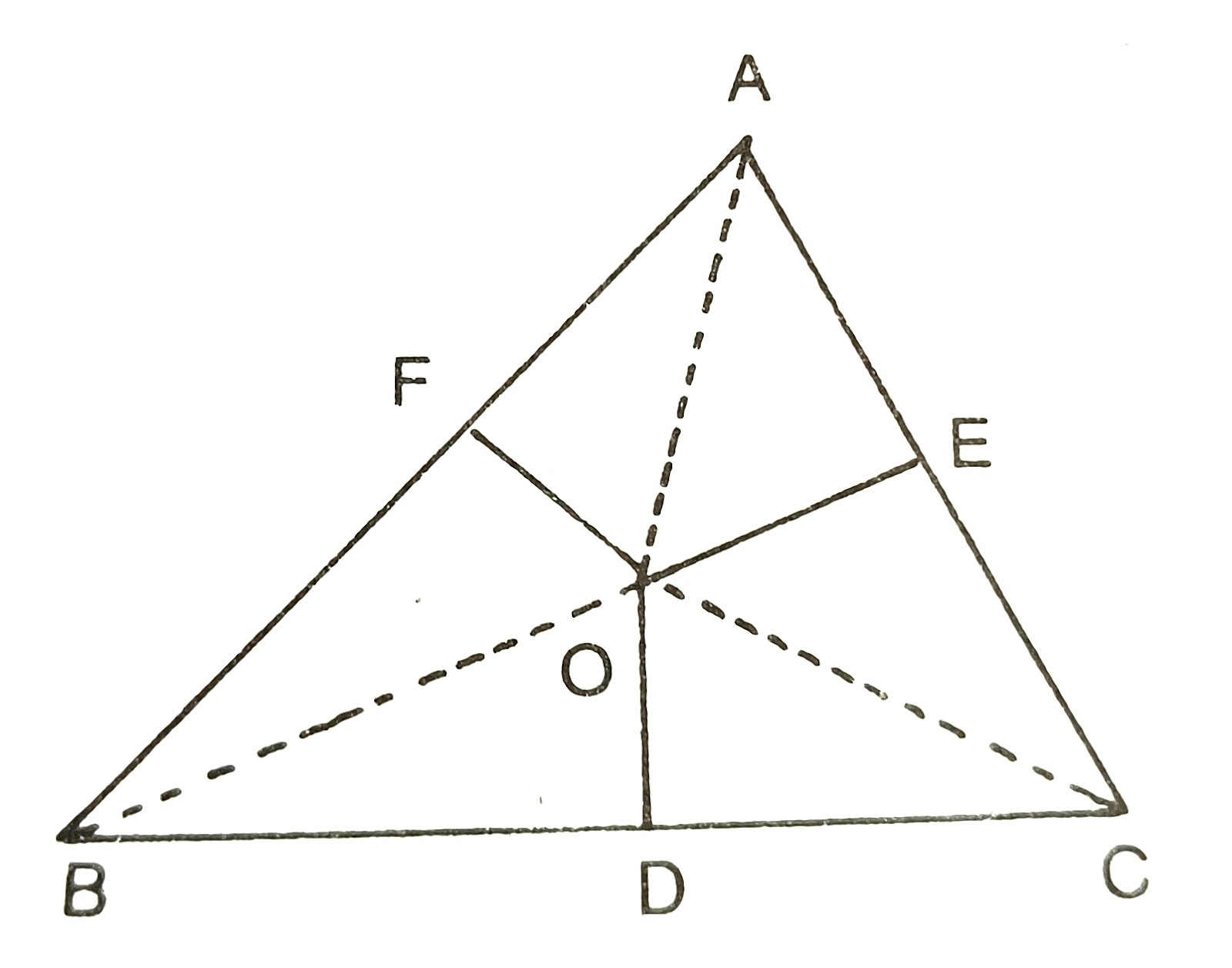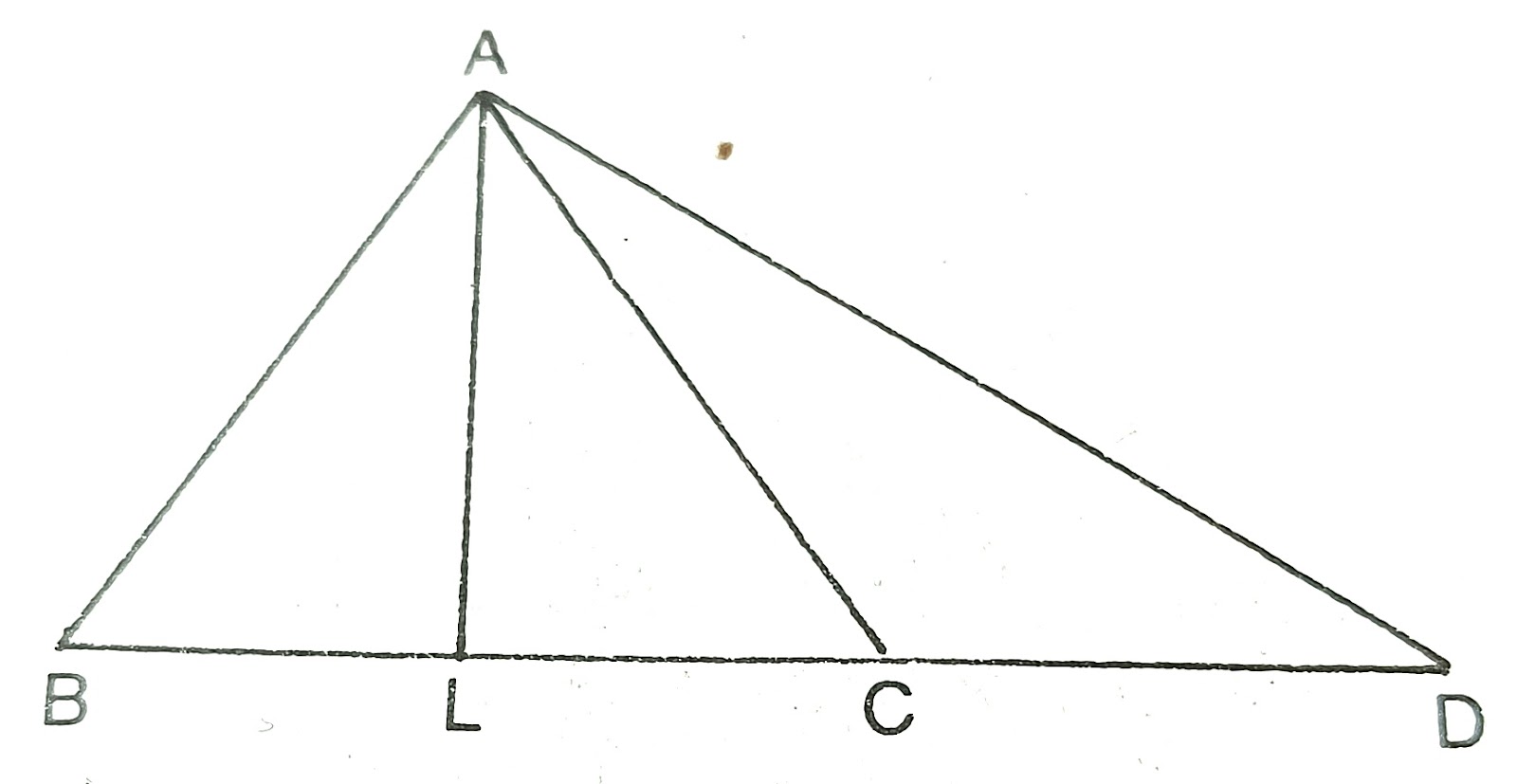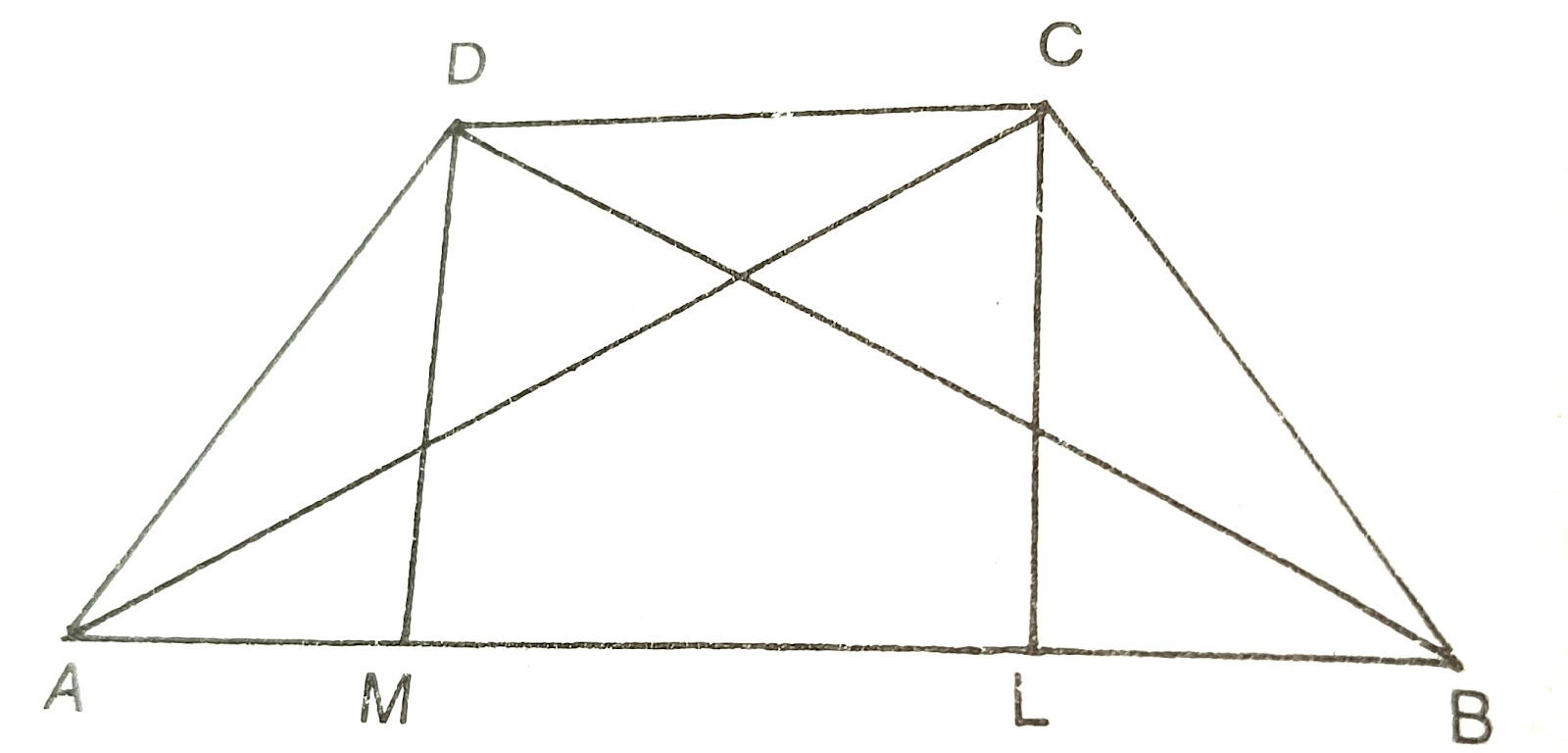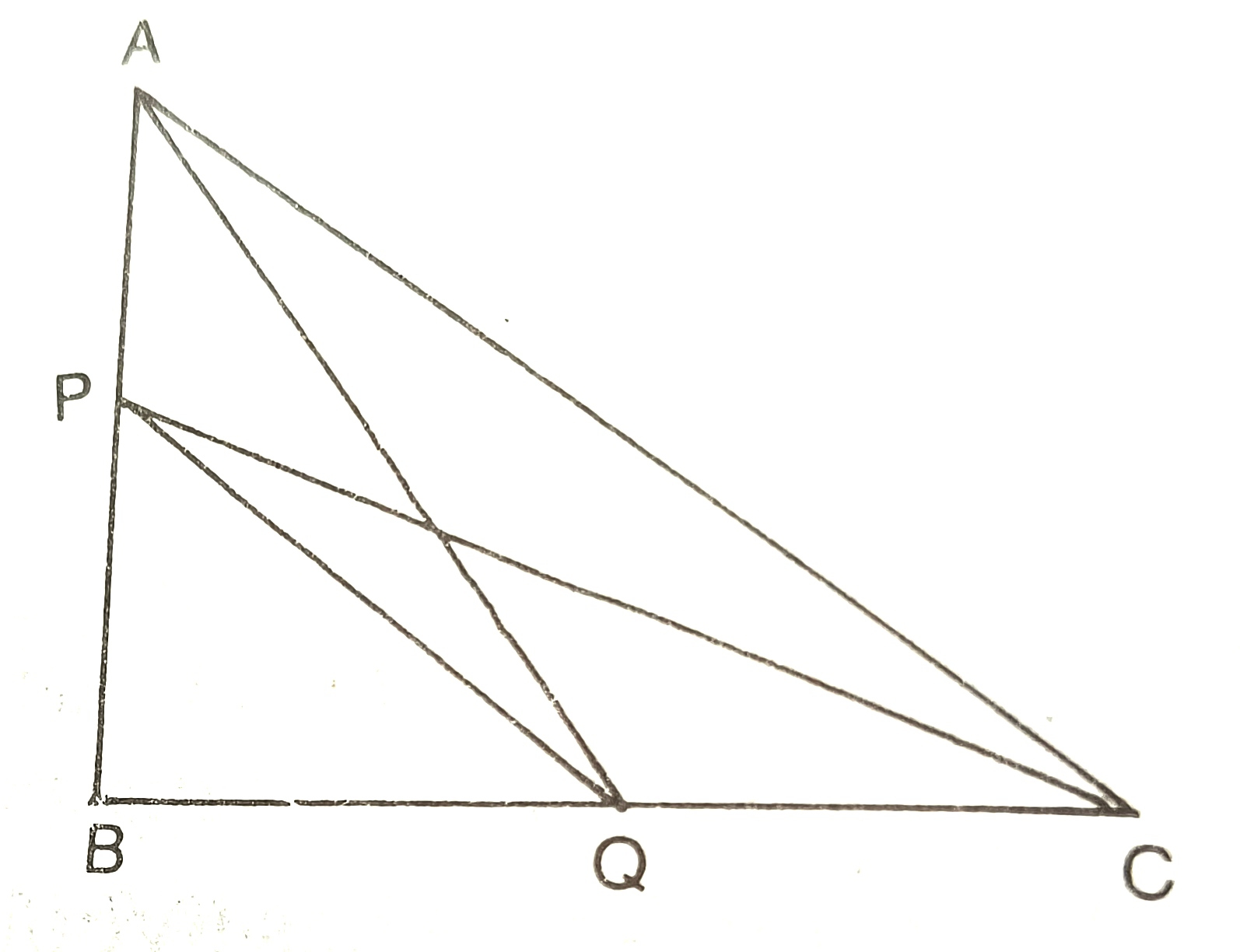EXERCISE - A
2) A toy company manufactures 2 types of doll; a basic version doll A and a deluxe version doll B. Each doll of type B takes twice as long to produce as one of type A, and the company would have time to make a maximum of 2000 per day if it produces only the basic version. The supply of plastic is sufficient to produce 1500 dolls per day (both A and B combined). The deluxe version requires a fancy dress of which there are only 600 per day available. If the company makes profit of Rs3 and Rs5 per doll respectively on doll A and doll B; how many of each should be produced per day in order to maximize profit ? Z= 3x+ 5y; x+ 2y≤ 2000, x + y ≤ 1500, y ≤ 600 and x ≥0, y ≥ 0.
3) A firm can produce three types of clothes say A, B, C. Three kinds of wool are required for it, say red wool , green wool and blue wool . One unit of length A needs 2 metres of red wool, 3 metres of blue wool; one unit of cloth B needs 3 metres of red wool, 2 metres of green wool and 2 metres of blue wool; and one unit of cloth C needs 5 metres of green wool and 4 metres of blue wool. The farm has only a stock of 16 metres of red wool, 20 metres of green wool and 30 metres of blue wool . It is assumed that the income obtained from one unit of length of cloth A is Rs6, of cloth B is Rs10 and cloth C is Rs8. Formulate the problem as a linear programming problem to maximize the incime. Max: Z= 6x + 10y + 8z; 2x+ 3y + 0z ≤ 16, 0x + 2y +5z ≤ 20, 3x +2y + 4z ≤ 30 and x ≥0, y ≥ 0, z≥ 0
4) A furniture firm manufacturers chairs and tables, each requiring the use of the three machines A, B and C. Production of one chair requires 2 hours on machine A, 1 hour on machine B, and 1 hour on machine C. Each table requires 1 hour each on machine A and B and 3 hours on machine C. The profit realise by selling one chair is Rs30 while for a table the figure is Rs60. The total time available per week on machine A is 70 hours, in machine B is 40 hours, and on machine C is 90 hours. How many chairs and tables should be made per week so as to maximize profit ? Develop a mathematical formulation. Max: Z= 30x + 60y; 2x+ y≤ 70, x + y ≤ 40, x +3y ≤ 90 and x ≥0, y ≥ 0.
5) A manufacturer of a line of patient medicine is preparing a production plan on medicine A and B. There are sufficient ingredients available to make to 20000 bottles of A and 40000 bottle of B but there are only 45000 bottles into which either of the medicine can be put p. Further more, it takes 3 hours to prepare enough material to fill 1000 bottles of A , it takes one hour to prepare enough material to fill 1000 bottles of B and there are 66 hours available for this operation. The profit is Rs8 per bottle for A and Rs7 per bottle for B. Formulate this problem as a linear programming problem. Max: Z= 8x + 7y; 3x+ y≤ 66000, x + y ≤ 45000, 4x ≤ 20000 y≤ 40000 and x ≥0, y ≥ 0.
6) A resourceful home decorator manufacturers two types of lamps say A and B. Both lamps go through two technicians, first a cutter, second a finisher. Lamp A requires 2 hours of the cutter's time and one hour of the finisher's time. Lamp B requires 1 hour of cutter's and 2 hours of finisher's time. The cutter has 104 hours and finisher has 76 hours of time available each month. Profit on one lamp A is Rs6 and on one lamp B is Rs11. Assuming that that he can all that he produces, how many of each type of lamps should he manufacture to obtain the best return. Max: Z= 6x + 11y; 2x+ y≤ 104, x + 2y ≤ 76, and x ≥0, y ≥ 0.
7) A company makes two kinds of leather belts. A and B Belt A is high quality belt, and B is of lower quality. The respective are Rs 40 and Rs30 per belt. Each belt of type A requires twice as much as time as a belt of type B, and if all belts were of type B, the company could make 1000 belts per day. The supply of leather is sufficient for only 800 belts per day (both A and B combined). Belt A requires a fancy buckle, and only 400 buckles per day are available. There are only 700 buckles available for belt B. What should be the daily production of each type of belt? Formulate the problem LPP. Max: Z= 40x + 30y; 2x+ y≤ 1000, x + y ≤ 800, x ≤400; y ≤ 700 and x ≥0, y ≥ 0.
8) A small manufacturing firm produces two types of gadgets A and B , which are first processed in the foundary, then sent to the machine shop for finishing. The number of man-hours of labour required in each shop for the production of each unit of A and B , and the number of man-hours the firm has available per week are as follows :
Gadget foundry machine-shop
A 10 5
B 6 4
Firm's
capacity
per weak 1000 600
The profit on the sale of A is 30% per unit as compared with Rs20 per unit of B. The problem is to determine the weekly production of gadgets A and B , so that the total profit is maximized. Formulate this problem as a LPP. Max: Z= 30x + 20y; 10x + 6y≤ 1000; 5x + 4y ≤600, and x ≥0, y ≥ 0
9) A company is making two products A and B . The cost of producing one unit of products Aand B are Rs 60 and Rs80 respectively. As per the agreement, the company has to supply at least 200 units of products B to its regular customers. One unit of products A requires one machine hour whereas product B has machine hours available abundantly within the company. Total machine hours available for product A are 400 hours. One unit of each product A and B requires one labour hour each and total of 500 labours hours are available. The company wants to minimise the cost of production of production by satisfying the given requirements. Formulate the problem as a LPP. Max: Z= 60x + 80y; x + y≤ 500; x ≤400, y≥200 and x ≥0, y ≥ 0
10) A firm manufacturers 3 products A, B and C. The profits are Rs3, Rs2, Rs4 respectively. The firm has 2 machines and below is the required processing time in minutes for each machine on each product.
Machine Product
A B C
P 4 3 5
Q 2 2 4
Machine P and Q have 2000 and 2500 machine minutes respectively. The firm must manufacture 100 A's, 200 B's and 50 C's but not more than 150 A's. Set up a LPP to maximize the profit. Max: Z= 3x + 2y + 4z; 4x + 3y + 5z ≤ 2000; 2x + 2y + 4z ≤2500, 100 ≤ x ≤ 150 y≥ 200, z≥ 50 and x ≥0, y ≥ 0, z≥ 0
11) A manufacture two types of products A and B and sells them at a profit of Rs2 on type A and Rs3 on type B. Each products is processed on two machines P and Q. type A requires one minute of processing time on P and 2 minutes of Q; type B requires 1 minute on P and 1 minutes on Q. The machine P is available for not more than 6 hours 40 minutes while machine Q is available for 10 hours during any working day. formulate the problem as a LPP. Max: Z= 2x + 3y; x + y≤ 400; 2x + y ≤600, and x ≥0, y ≥ 0
12) A company sells two different products A and B. The two products are produced in a common production process and are sold in two different markets. The production process has a total capacity of 45000 man-hours. It takes 5 hours to produce a unit of A and 3 hours to produce a unit of B. The market has been surveyed and company officials feel that the maximum number of units of A that can be sold is 7000 and that of B is 10000. If the profit is Rs60 per unit for the product A and Rs40 per unit for the product B, how many units of each product should be sold to maximize profit? Formulate the problem as LPP. Max: Z= 60x + 40y; 5x + 3y≤ 45000; x ≤7000, y≤ 10000 and x ≥0, y ≥ 0
EXERCISE - B
1) A dietician wishes to mix two types of food in such a way that the vitamin contents of the mixture contains atleast 8 units of vitamin A and 10 units of vitamin C. Food I contains 2 units per kg of vitamin A and one unit per kg of v
itamin C while food Ii contains 1 unit per kg of vitamin A and two units per kg of vitamin C. It costs Rs5000 per kg to purchase food I and Rs7000 per kg to produce food II. Formulate the above linear programming problem to minimise the cost of such a mixture. Max: Z= 5x + 3p7y; 2x+ y≥ 8, x + 2y ≥ 10 and x ≥0, y ≥ 0.
2) A diet is to contain at least 400 units of carbohydrates, 500 units of fat, and 300 units of protein. Two foods are available : A, which costs Rs 2 per unit, and B, which costs Rs4 per unit. A unit of food A contains 10 units of carbohydrates, 20 units of fat, and 15 units of protein ; a unit of food B contains 25 units of a carbohydrate, 10 units of fat, and 20 units of protein. Find the minimum cost for A diet that consists of A mixture of these two foods and also meets the minimum nutrition requirements. Formulate the problem as A linear programming problem. Max: Z= 2x + 4y; 10x+ 25 y ≥ 400, 20x + 19y ≥ 500, 15x +20y ≥ 300 and x ≥0, y ≥ 0.
3) The objective of A diet problem is to ascertain the quantities of certain foods that should be eaten to meet certain nutritional requirement at minimum cost. The consideration is limited of milk, beaf and eggs, and to vitamins A, B and C. The number of milligrams of each of these vitamins contained within A unit of each food is given below:
Vit litofmilk kgofmeat dozofeggs mn d r
A 1 1 10 1 mg
B 100 10 10 50 mg
C 10 100 10 10 mg
Cost Rs100 Rs1.10 Rs0.50
What is the linear programming formulation for this problem ? Max: Z= x+ 1.10y + 0.5z, x+ y +10z ≥ 1; 100x + 10y + 10z≥ 50, 10x +100y + 10z ≥ 10 and x ≥0, y ≥ 0, z≥ 0
4) A rubber company engaged in producing three types of tyres A, B and C. Ech type requires processing in two plants, Plant I and Plant II . The capacities of the two plants, in number of tyres per day, are as follows:
Plant A B C
I 50 100 100
II 60 600 200
The monthly demand for tyre A, B and C is 2500, 3000 and 7000 respectively. If Plant I a
costs Rs 2500 per day, and plant II costs Rs3500 per day to operate, how many days should each be run per month to minimise cost while meeting the demand ? Formulate the problem as LPP. Max: Z= 2500x+ 3500y, 50x+ 60y ≥ 2500; 100x + 60y≥ 3000, 100x +200y ≥ 7000 and x ≥0, y≥0
5) To maintain his health a person must fulfill certain minimum daily requirements for several kinds of nutrients. Assuming that there are only 3 kinds of nutrients-- calcium, protein and calories and the person's diet consists of only two food items, I and II , whose price and nutrients contents are shown in the table below:
Food I Food II. Min req.
Calcium 10 5 20
Protein. 5 4 20
Calories 2 6 13
Price(Rs) 60 100
What combination of two food items will satisfy the daily daily requirement and entail the least cost? Formulate this as a LPP. Max: Z= 60x + 100y; 10x + 5y≥ 20; 5x + 4y ≥ 20 and x ≥0, y ≥ 0
6) A manufacturers can produce two products , A and B , during a given time period. Each of these products requires four different manufacturing operation: grinding, turning, assembling and testing. The manufacturing requirements in hours per units of products A and B are given below.
A B
Grinding 1 2
Turning 3 1
assembling 6 3
testing 5 4
The available capacities of these operations in hours for the given time period are grinding 30, turning 60, assembling 200, testing 200. The contribution to profit is Rs20 for each unit of A and Rs30 for each of B. The firm can sell all that it produces at the prevailing market price. Determine the optimum amount of A and B to produce during the given time period. Formulate this as a LPP.
7) Vitamins A and B are found in two different foods P and Q. one unit of food P contains 2 units of vitamin A and 3 units of vitamin B. One unit of food Q contains 4 units of vitamin A and 2 units of vitamin B. One unit of food P and Q cost of Rs50 and Rs25 respectively. The minimum daily requirements for a person of vitamin A and B is 40 and 50 units respectively. Assuming that any this in excess of daily minimum requirement of vitamin A and B is not harmful, find out the optimum mixture of food P and Q at the maximum cost which meets the daily minimum requirement of vitamin A and B. formulate this as a LPP. Max: Z= 50x + 25y; 2x + 4y≥ 40; 3x +2 y ≥50, and x ≥0, y ≥ 0.
EXERCISE - B
Shade the region/ Solve graphically
1) 2x+ 5y≤ 0.
2) 3x - 4y> 12.
3) 4x + 3y≤ 12, x≥ 0, y ≥ 1.
4) 2x + 5y≤ 40, x+ y ≤ 11, x≥ 0, y ≥0.
5) 5x + 2y ≤ 20, 3x + 6y ≤ 18, x ≥ 0, y ≥ 0.
6) x + y ≤ 20, 6y -3x ≤ 48, x ≥ 0, y ≥ 0.
7) 3x + 6y ≤ 8, 5x +2y ≤ 10, x ≥ 0, y ≥ 0.
8) 2x - y ≥ 4, 4x + 3y ≤ 28, x ≥ 0, y ≥ 0.
9) 2x + y ≥ 4, 3x + 5y ≥ 15, x ≥ 0, y ≥ 0.
10) x - 2y ≤0, 2x - y ≤3, x ≥ 0, y ≥ 0.
11) 2x + y ≥ 4, 2x - y ≥ - 2, x ≥ 0, y ≥ 0.
12) 2x + 3y ≥ 6, x + y ≤8, x ≥ 0, y ≥ 1.
13) 3x + 3y ≤ 17, 3y - 2x ≤ 6, x ≥ 0, x ≥ 0, y ≥ 1.
14) x + y ≥ 1, x + 2y ≤ 10, x ≤ 4, x ≥ 0, y ≥ 0.
15) 4x + 5y ≤ 40, x ≥ 3, y ≥ 4.
16) 3x + 5y ≤ 36, x + y ≤ 10, x ≥ 2, y ≥ 3.
17) 2x + 7y ≥ 22, x + y ≥ 6, 5x + y ≥ 10, x ≥ 0, y ≥ 0.
18) 5x + 7y ≥ 10, x + y ≥ 12, x + 4y ≥ 12, x ≥ 0, y ≥ 0.
19) 2x + 7y ≥ 18, x + y ≥ 12, 3x + 2y ≤ 42, x ≥ 0, y ≥ 0.
20) 6x + y ≥ 18, x + 4y ≥ 12, 2x + y ≥ 10, x ≥ 0, y ≥ 0.
21) 2x + y ≥ 18, x + y ≥ 12, 3x + 2y ≤ 34, x ≥ 0, y ≥ 0.
22) x + y ≤30, x - y ≤0, 0≤ x ≤20, 3≤ y ≤ 12.
23) x + 4y ≤ 12, 2x + 5y ≤ 20, y ≥ 0, 1≤ x ≤ 8.

